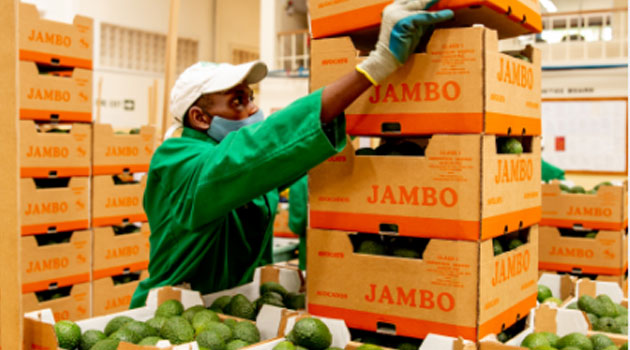
A Call for National Policymaker Dialogue » Capital News
They say that when it rains, it pours, and this seems to be the sad reality that agricultural produce exporters continue to face due to the Middle East conflict.
As the avocado sector was just beginning to recover from severe drought conditions just a year ago, exporters are now facing serious challenges due to growing shipping logistical disruptions arising from geopolitical tensions.
Tensions have significantly impacted the competitiveness of local agribusiness players due to logistical and supply chain problems caused by the effective closure of the Suez Canal and the Red Sea/Gulf of Aden’s general route to European markets from our part of the world.
The geopolitical unrest in the Middle East has introduced new risks to this critical maritime route. Incidents such as attacks on shipping vessels have raised security concerns and led to significant disruptions in marine traffic flow. In response, shipping companies, wary of potential threats to their assets and crew, have opted for alternative routes, despite the longer journey times and higher costs involved.
It is instructive to note that Airfreight is simply too expensive for avocados. Due to the extended timelines as ships navigate through safer routes, fruits may arrive almost ripe with compromised quality in their destinations in Europe.
To reach Europe, Ships travel from Mombasa to the port of Salala in Oman. In Oman, the containers of avocados are transferred onto another larger ship, which then travels around the Cape of Good Hope and into Europe. When reaching Europe, the containers are once again trans-shipped at Algeciras Port, southern Spain. From there, the vessels move into Northern Europe, either Rotterdam or Felixstowe arriving near ripe.
In this business, delivering near-ripe fruits to a market is not aligned to a quality reputation. This game requires exporters to deliver fruits with at least a two-week ripening window to allow for customs, phytosanitary, and related port clearances ahead of market distribution and shelf stocking.
When a vessel from Mombasa is delayed and misses the next vessel leaving Salala for Europe, the impact is a calamitous addition of another week to the transit time, as only one large-capacity ship sails each week.
Last year, the average age of fruit reaching the markets in Europe from Kenya was between 30 and 35 days. This year, because the Red Sea is so dangerous for ships, the age of fruit has extended to closer to 50 days, resulting in significant quality issues on arrival. This is whilst Kenya’s competing markets, such as Peru, enjoy shorter routes to markets. Peru uses the Panama Canal into the North Atlantic to reach Europe in around 30 days.
On the continent, some of Kenya’s market competitors are not impacted by the Red Sea issue. South Africa does not use the Suez Canal; they have always travelled around the West coast and reached Europe in 30 days.
Heading East to China and India is an option; however, these markets are much smaller than Europe. The European markets can absorb around 15 million kilos of avocados a week, while the Chinese market is oversupplied at around 2 million kilos a week. India, similarly, is a very small market, with Kenyan producers also facing a 30% import tariff, unlike Tanzania, whose import duty is zero.
Technology can be used to mitigate the longer transit times, but it cannot eliminate the problem. Given the Middle East situation, the prospects of severe impacts on the Kenyan avocado trade are significant and need a national policymakers’ conversation before it’s too late.
Mr Flowers is the Managing Director, Kakuzi PLC. LinkedIn: https://ke.linkedin.com/in/chris-flowers
About The Author